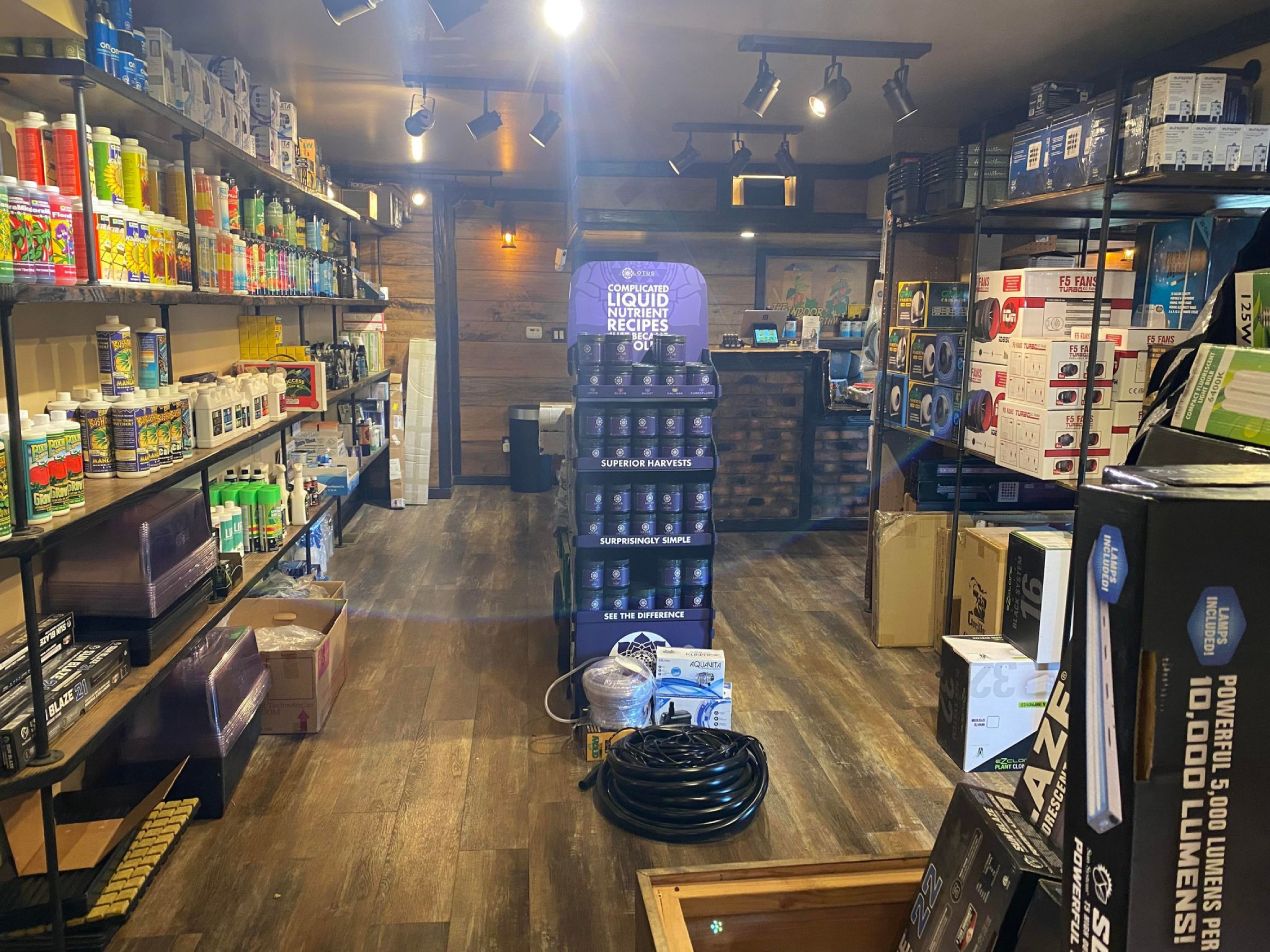The Indoor Earthworm : A Comprehensive Guide
The Indoor Earthworm : A Comprehensive Guide
Blog Article
The Ultimate Overview to Hydroponic Systems and Techniques
In the world of modern farming, hydroponic systems have actually emerged as a revolutionary approach for cultivating plants without dirt. As we reveal the ins and outs of hydroponics in this extensive overview, we will browse via the different kinds of systems, explore the essential nutrients vital for plant development, and dig right into advanced strategies that can substantially boost returns.
Benefits of Hydroponic Systems
Hydroponic systems offer a plethora of advantages, consisting of reliable resource application and precise nutrient shipment to plants. By offering a controlled setting for plant growth, hydroponic systems make it possible for optimal water and nutrient use, leading to higher returns contrasted to typical soil-based cultivation. This efficiency not just saves sources yet likewise minimizes waste, making hydroponic systems eco-friendly.
In addition, the accurate shipment of nutrients in hydroponic systems enables for customization based upon the particular demands of each plant range. This targeted strategy guarantees that plants get the appropriate equilibrium of crucial nutrients, advertising much healthier development and minimizing the threat of nutrient deficiencies or inequalities. Additionally, the ability to monitor and change nutrient levels in real-time maximizes plant efficiency and overall plant quality.
Additionally, hydroponic systems remove the need for herbicides and pesticides, as the closed-loop system reduces the danger of parasites and conditions that are frequently found in soil-based farming - The Indoor Earthworm. This not just profits the plants and the atmosphere yet additionally adds to creating cleaner, much healthier crops for consumption
Sorts Of Hydroponic Setups

Nutrient Film Method (NFT) makes use of a superficial stream of nutrient option flowing over the plant origins, offering a continuous supply of nutrients. Trickle systems include leaking a nutrient remedy onto the plant origins, supplying exact control over feeding.
Each sort of hydroponic arrangement has its advantages and is matched to different plant ranges and development phases. Comprehending the distinctive functions of these systems can help hydroponic farmers pick the most ideal configuration for their certain requirements and choices.
Necessary Nutrients for Hydroponics
In hydroponic systems, plants rely upon an exact balance of necessary nutrients to grow and grow successfully. These necessary nutrients are crucial for various plant functions such as photosynthesis, origin advancement, and overall growth. The key macronutrients called for by plants in hydroponic systems are phosphorus, potassium, and nitrogen. Nitrogen is vital for leafed green development, phosphorus aids in origin growth and flower/fruit manufacturing, while potassium assists in overall plant wellness and illness resistance.
In addition to macronutrients, plants likewise require additional nutrients like sulfur, calcium, and magnesium, as well as micronutrients such as iron, copper, zinc, and manganese (The Indoor Earthworm). These nutrients are important for guaranteeing that plants have all the required building obstructs to perform necessary organic procedures

Advanced Methods for Maximum Yield
To accomplish ideal yields in hydroponic systems, farmers can apply advanced techniques that boost plant development and productivity. One such technique is using additional lights. By offering synthetic light resources such as LED or high-pressure sodium lights, farmers can expand the number of light hours plants obtain click to read daily, promoting faster development and increased returns. One more sophisticated technique is the application of carbon dioxide supplements. Increasing the levels of co2 in the growing atmosphere can promote photosynthesis and increase plant growth dramatically. Furthermore, employing strategies like plant training and pruning can aid enhance light distribution and air flow, guaranteeing that all parts of the plant get ample light and nutrients. Utilizing automated systems for nutrient delivery and tracking can aid maintain optimal nutrient levels, lowering the threat of deficiencies or imbalances that can hinder plant growth. By integrating these sophisticated methods right into their hydroponic systems, growers can optimize yields and achieve bountiful harvests.
Troubleshooting Common Hydroponic Issues
When confronted with difficulties in hydroponic systems, growers frequently come across usual concerns that can prevent plant growth and productivity. One prevalent trouble is nutrient shortages, where plants lack necessary aspects for healthy development. To combat this, routine surveillance of nutrient levels and changing the nutrient solution as necessary is essential. An additional usual problem is pH discrepancy, which can cause nutrient lockout and bad absorption. Maintaining the proper pH range particular to official source the plant being grown is important for ideal nutrient uptake. Furthermore, poor oxygen levels in the origin area can lead to origin rot and stunted growth. Guaranteeing appropriate aeration and oxygenation of the nutrient remedy can help stop this trouble. Bug invasions, such as aphids or crawler mites, can additionally torment hydroponic systems. Carrying out integrated bug monitoring techniques and regularly examining plants can help control and avoid invasions. By quickly recognizing and attending to these typical hydroponic problems, farmers can keep healthy and balanced plants and maximize returns in their hydroponic systems.
Verdict
In final thought, hydroponic systems supply many benefits for expanding plants efficiently. With cautious preparation and attention to information, hydroponic systems can revolutionize the method plants are cultivated, leading to more sustainable and productive agricultural methods.
By supplying a controlled setting for plant development, hydroponic systems make it possible for optimal water and nutrient use, leading to higher yields contrasted to standard soil-based farming. The Indoor Earthworm. Nutrient Film Technique (NFT) uses a superficial stream of nutrient option flowing over the plant roots, providing a constant supply of nutrients. Surveillance and changing nutrient degrees based on plant growth stages is important Recommended Reading to avoiding vitamins and mineral shortages or toxicities and maximizing plant performance in hydroponic systems
In addition, utilizing methods like plant training and trimming can help enhance light circulation and airflow, making certain that all components of the plant obtain sufficient light and nutrients. Using automated systems for nutrient shipment and monitoring can help preserve optimum nutrient levels, minimizing the risk of shortages or imbalances that can prevent plant development.
Report this page